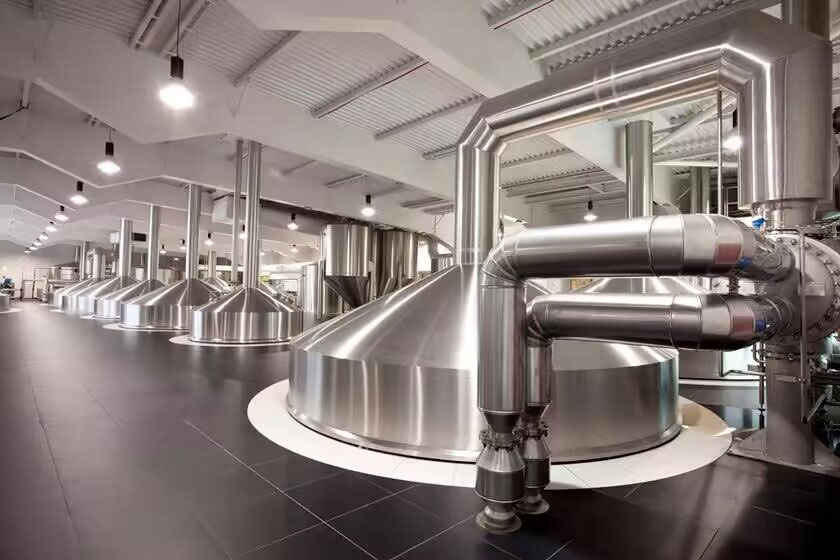When brewed beer is prepared for shipment outside breweries, it goes through a process on the packaging line. This packaging line is a complex system designed to prepare products for distribution by preparing, filling, and sealing the containers. The noisy machinery and the mesmerizing intricacies of how bottles or cans traverse the line. In this article, we will take a closer look at the two primary methods of packaging beer: small pack and large pack.
Small packs include individual-serving containers like bottles and cans, while large pack encompasses kegs. Regardless of their size, both types of packaging adhere to the same fundamental principles. In essence, the packaging must:
– Protect the beer from the environment
– Protect the beer so it doesn’t harm the customer
– Contain a legally measured volume
– Dispense the product easily

Packaging also serves as a means of advertising to the consumer. This encompasses several critical aspects, including an attractive shelf display, providing relevant information (such as beer style and container capacity), and attracting customers through visual appeal and marketing. Although this aspect of the product is often underestimated, it is crucial for the brewer. Often, it is the sole opportunity for the brewer to entice the customer into trying their beer and becoming a loyal consumer. Therefore, the packaging is carefully conceived and planned.
Not only does the label play a crucial role (including its aesthetics, artwork, and the prominence of the beer’s name), but the container’s shape, color, and even the beer’s name itself become highly significant. Given the wide variety of beer options available in your local liquor or grocery store, distinguishing one’s product is becoming increasingly vital, particularly in stores with limited shelf space. Packaging must attract consumers’ attention to promote sales. Subsequently, after the initial purchase, the product’s contents must engage to the consumer, encouraging them to consider repurchasing in the future.


